Lindsey Graham | Co-Editor in Chief
As college students walking on campus for the first time our freshman year, we are bombarded with sexual assault statistics. Here’s one. According to the Association of American Universities (AAU), 1 in 4 college women experience sexual assault during their undergraduate education. Given this alarmingly high number, perhaps it’s no surprise that when “googling” that statistic, the “related searches” offer up “debunked” and “myth.” Too often the numbers, 1 in 4, do not resonate with college students.
Even when the statistic hits closer to home, we sometimes continue to ignore it. For example, Buena Vista University’s (BVU) Campus Climate Survey from 2015-2016 reported that over 12% of students on campus have experienced nonconsensual sexual contact since becoming students at BVU.
Honestly, the statistics were hard for me to believe too. Until last year, when I became the statistic.
Students tend to have a very “Hollywood” perspective of rape, which is perhaps not surprising given how reinforced that image of sexual assault is by mainstream media. The Hollywood version often suggests that in order for sexual violence to be classified as “rape,” a victim has to be attacked by a stranger, dragged behind a dumpster and left with scrapes and bruises.
What media and society don’t tell us very often is that rape can be perpetrated by a friend. As a matter of fact, most often, it is. The Department of Justice (DOJ) found that 75% of rapes were committed by somebody the victim knew. However, DOJ data and other sexual assault statistics may even be inaccurate because, just as concerning, the DOJ found only 20% of female college students even report sexual assault cases.
Why is this number so low? I believe it’s for the same reason I didn’t report what happened to me. Research, and now my experience, has shown me that under-reporting may be directly related to the fact that so many victims know their perpetrators.
The thought of reporting my rape didn’t even occur to me until a friend asked if I planned to. My first thoughts? “I could never do that do him. He is part of our friend group. I could tell he felt terrible about it.”
I became part of that 75%. I became part of that 80%. I became the statistic.
Honestly, I didn’t even realize at first what had happened to me because my story didn’t look like the ones I’d seen in the media. I wasn’t dragged into a dark corner like you see in the movies. But deep down, I knew that my saying “no” again and again was enough to fit the classification.
The belief our society has that rape has to be “Hollywood” is unacceptable. It creates an unfair and paralyzing stigma for the victims and survivors of sexual assault, and unfortunately, it is perpetuated. In my case, I sought help from a therapist because of my experience, and her insight to me was, “Don’t think of it as rape. Think of it as an unpleasant sexual experience.”
An “unpleasant experience”? To me, an unpleasant sexual experience is hitting your head too hard on the headboard or realizing you left behind some toilet paper. I said “no” five times. Five times. Not having those words acknowledged is far more than just an “unpleasant experience.”
Her insistence that I think of what happened to me as something else, something other than the rape it was, is an echo of our society as a whole. Because the majority of sexual assaults aren’t “Hollywood,” and don’t fit our preconceived notions, we question the victims. It makes sense then why men and women who have been assaulted tend to not report. We’re too afraid to be questioned, belittled, not believed.
“What were you wearing?”
“Were you drinking alcohol that night?”
“Didn’t you try to push him [or her] off?”
The “Hollywood” perception of an assault upholds a stigma that continues to blame victims and keeps them quiet. It’s the stigma that kept me quiet for so long. The statistics don’t seem real to us because we don’t talk about how the majority of sexual assaults actually happen. We have to start those conversations now.
So, that’s what I’m doing here. On this screen. With these words. I’m here to help you see that those statistics we hear are actually quite real. Those statistics are walking alongside you to lunch, sitting next to in class, and it is time we start believing them so that we can start changing them.
If you have experienced sexual violence of any kind and are ready to talk, reach out to our campus counselor, Mike Walker, or other trusted friends. It’s nothing to be ashamed of. You are loved and you can still love others. Trust me.



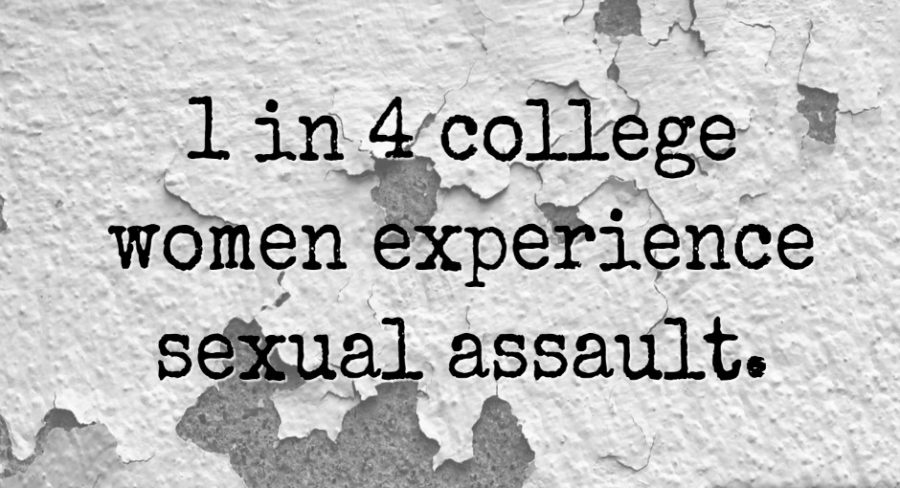
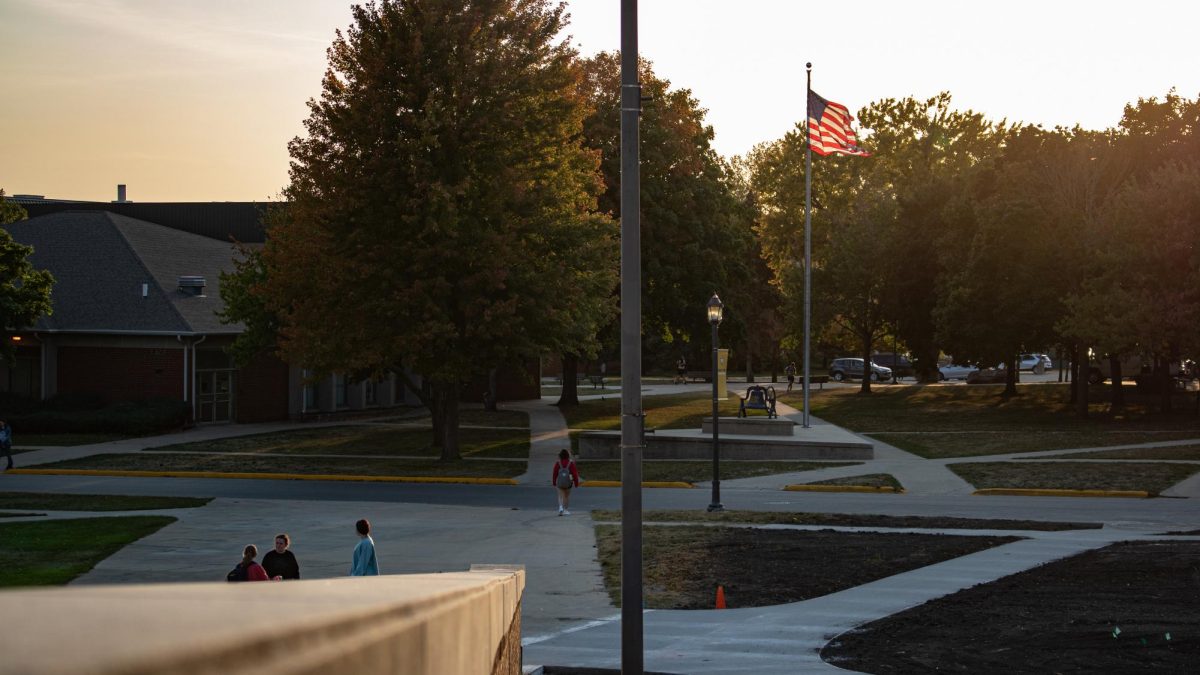


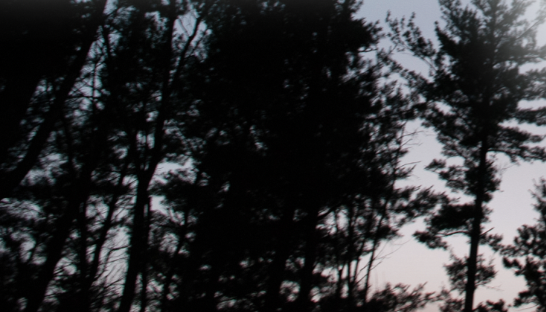
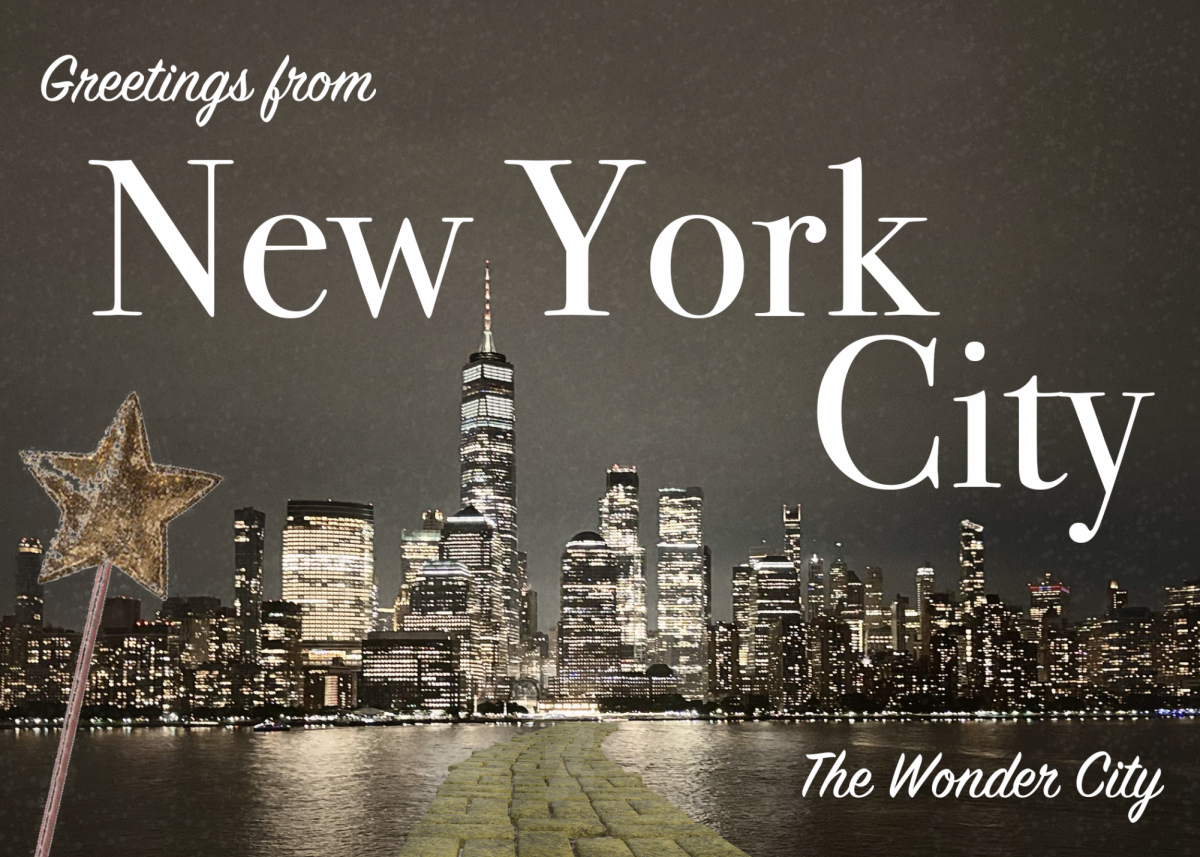
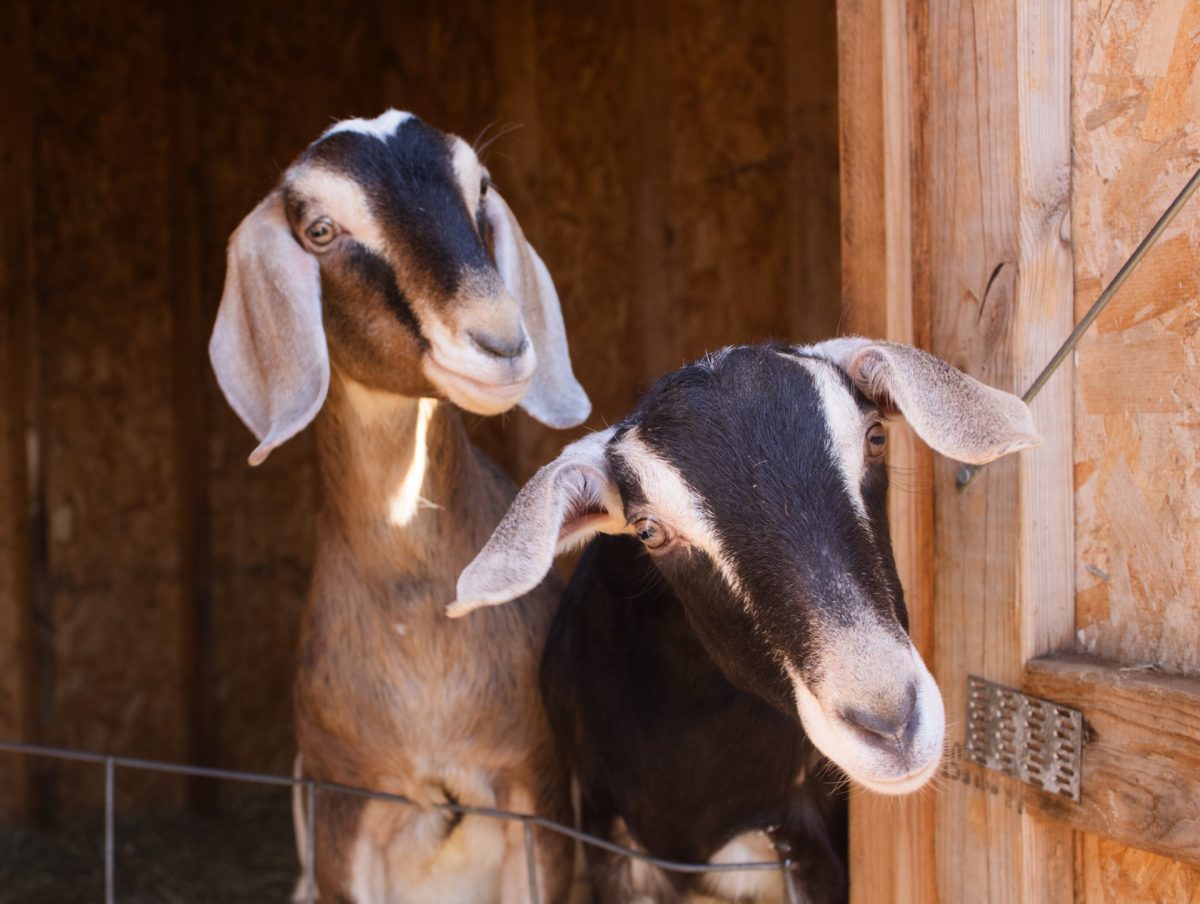
Andrea Frantz • Oct 13, 2016 at 7:49 am
Lindsey, your bravery here is a true inspiration to me. As someone whose story is scarily similar to yours, I identified with every word. But your op-ed aims to educate and encourage in ways that I never could when I was your age. I applaud your strength and advocacy, Lindsey. Thank you for this!